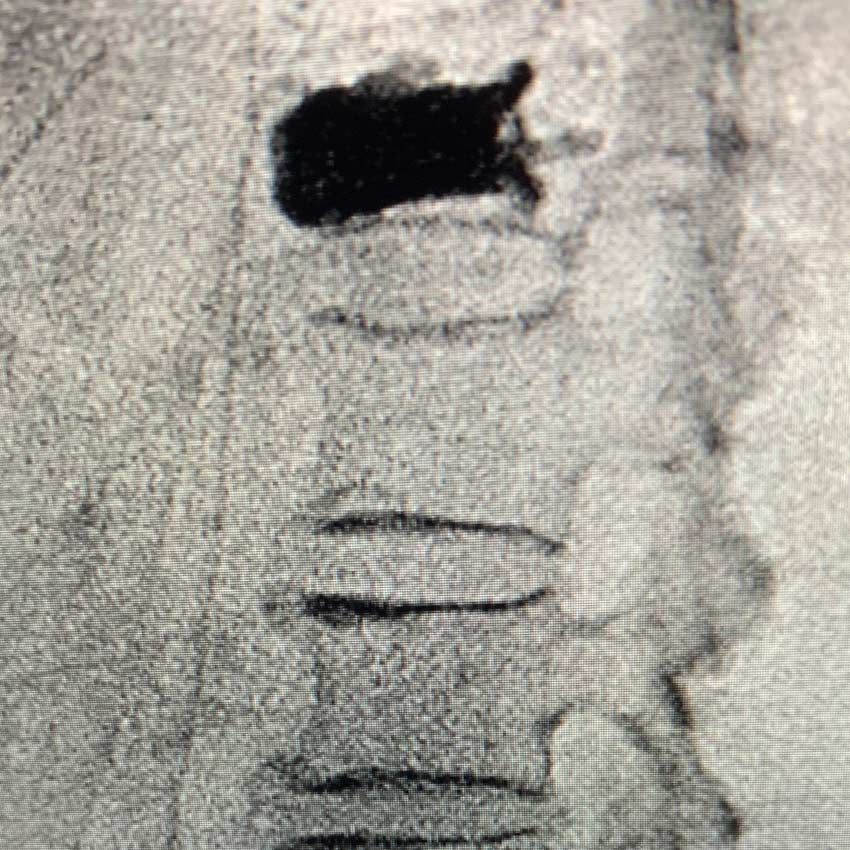Kyphoplasty
Traditional treatments for compression fractures include pain medications, bed rest, and spinal bracing. Surgical treatment is rarely necessary. For most people, these treatment options can successfully treat the injury. In some complex fractures spinal fusion surgery may be indicated.
Minimally invasive surgical techniques involves joining the bones of the spine in the lower back together so that there is no longer any motion between them. This procedure can repair a fracture; correct deformity; and reduce spinal pressure, pain, and nerve damage.
Today we have another treatment option for some compression fractures called kyphoplasty that not only repairs the injury but also restores alignment and may help prevent future problems.
What is kyphoplasty?
Kyphoplasty is a minimally invasive procedure that uses orthopedic cement or new bone substitute materials to “rebuild” the vertebral space lost as a result of the compression fracture and return it to its original height. The procedure also relieves pain and stabilizes the vertebrae to prevent future injury.
How it works:
Kyphoplasty is performed under local or general anesthesia. The physician makes a small incision in the skin of the back and, using image guidance x-ray technology, threads a narrow tube through the skin to the fractured vertebrae. A special balloon, called a bone tamp, is then inserted through the tube into the vertebral space and gently inflated, restoring the space to the desired height. Once the appropriate height has been restored, the balloon is removed and the space is filled with orthopedic cement called PMMA (Polymethylmethacrylate).
This cement hardens and repairs the fracture as well as provides strength and stability to the vertebrae, restores height, and relieves pain. Recently, in some cases a bone substitute has been used for this purpose, but long term results are not known. On average, a kyphoplasty procedure takes about 30 to 45 minutes per fracture treated.
What are the benefits of kyphoplasty?
In addition to repairing the compression fracture, restoring height to the spinal column, and relieving pain, kyphoplasty has the following potential benefits:
- It is a minimally invasive procedure, which means small incisions and short surgical recovery time.
- Patients only need to stay in the hospital for one day (sometimes less).
- Most patients experience immediate pain relief and are quickly able to return to their normal daily activities.
- No bracing is required.
Another potential benefit of this procedure is that it can prevent future fractures by stabilizing the vertebrae, thereby preventing the onset or worsening of severe spinal deformity. While it works best for recent fractures, some patients with older injuries may also benefit. Kyphoplasty is not appropriate for severe spinal deformities caused by repeated compression fractures or fractures that are the result of cancer or injuries sustained in auto accidents or falls.
What are the risks of kyphoplasty?
As with any procedure, kyphoplasty does have potential risks and complications.
The most common complication is cement leaking out of the vertebra before it hardens. Other risks include cement leaking into the spinal canal, causing pain and neurological problems.
Who Performs Kyphoplasty?
Kyphoplasty is often performed by interventional radiologists.
